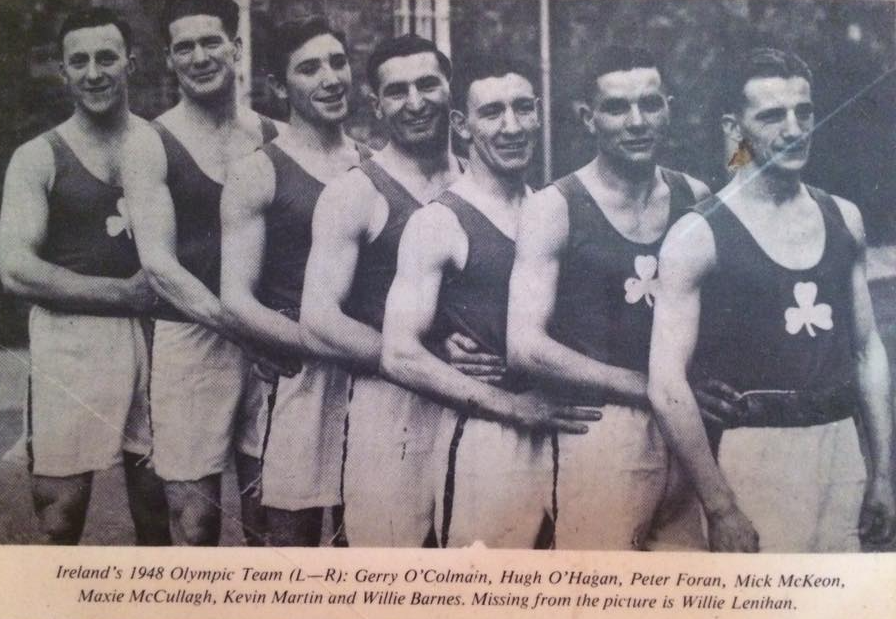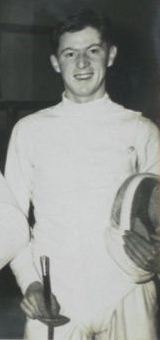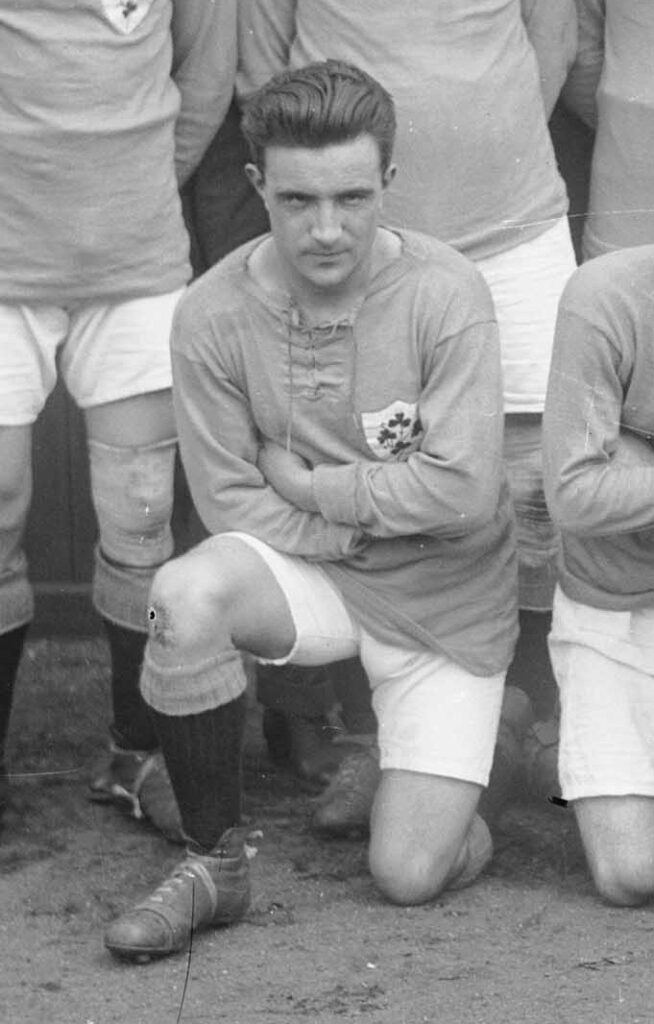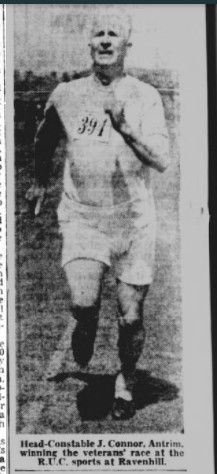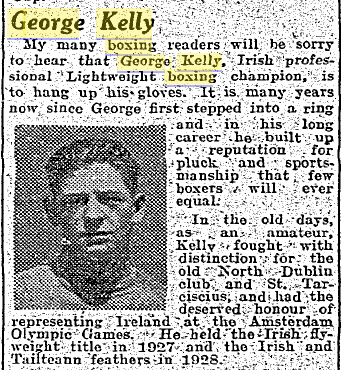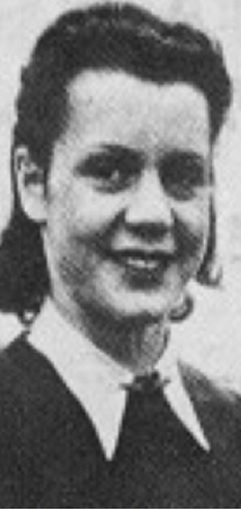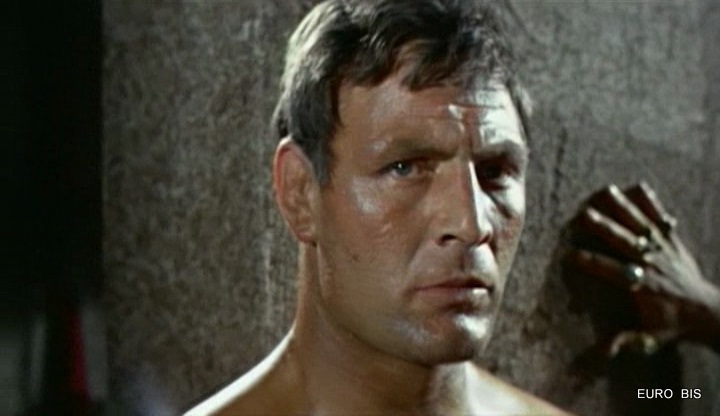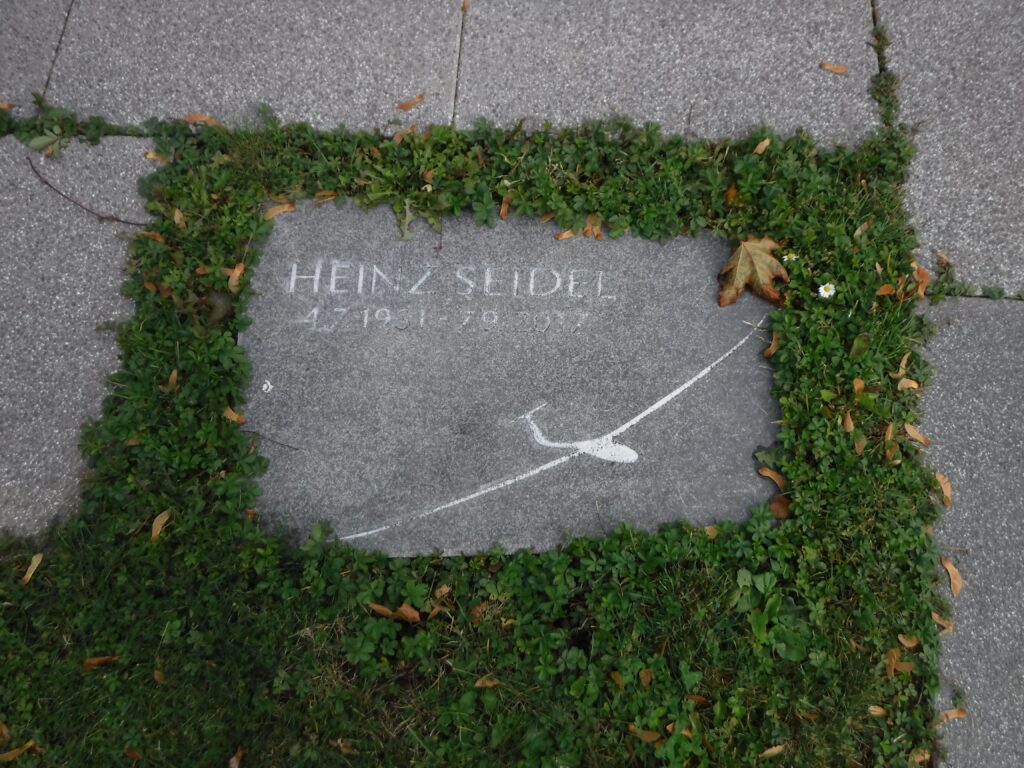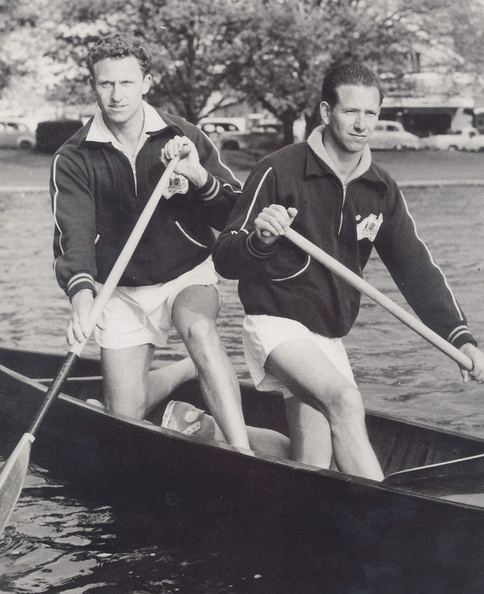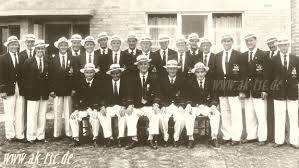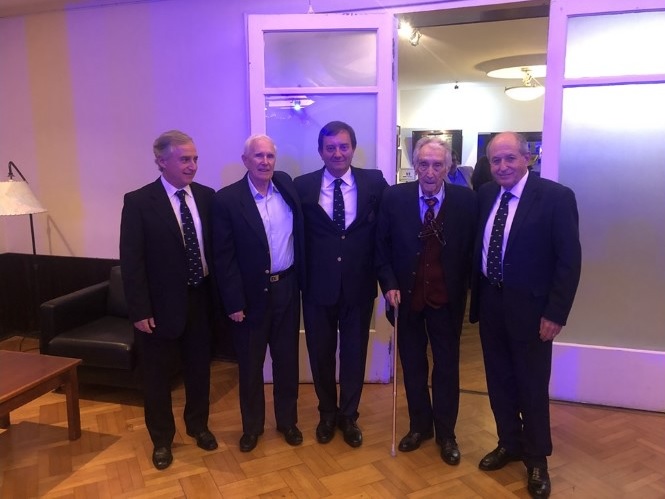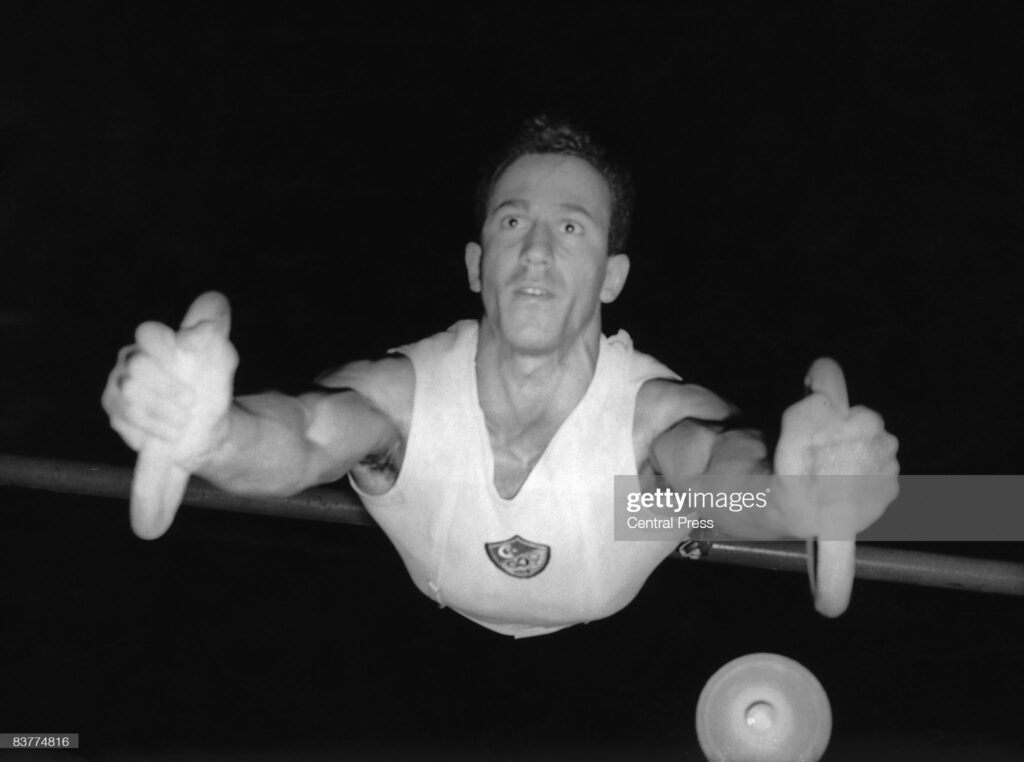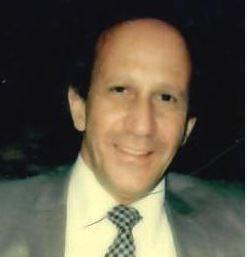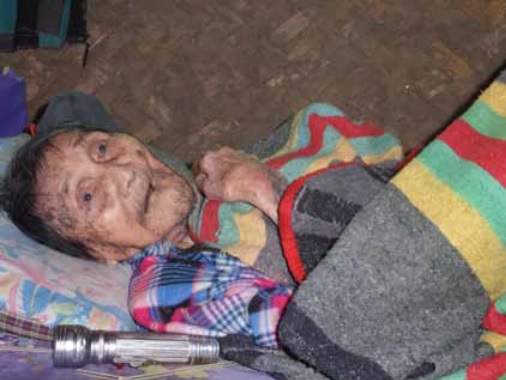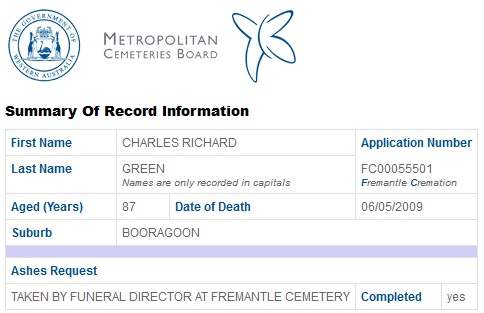Just to move in a different direction, today on Oldest Olympians we wanted to feature a short and completely random Olympic mystery. Long ago, we featured the case of the 1900 French fencer Viscount de Lastic, an individual who should have been easy to identify, yet remains unknown. He is not, however, the only member of the French nobility for whom we are missing information.
The 1928 St. Moritz bobsleighing events are among the poorest documented in terms of the biographical details of the competitors, and we are missing even the full names of two of the Mexican competitors, G. and J. Díaz (in fact, that whole team is probably worth its own Olympic Mysteries blog post). One would assume, however, that the competitor known as Stéphane, Viscount de la Rochefoucault would be at least well-known enough to have a few details for. After all, we have full life stories for two of his teammates and full birth information for a third, leaving only Jacques N. Rheins as a mystery. Even for Rheins, however, we know that he was a World Championship bronze medalist in 1934.
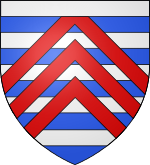
(Coat of arms of the Maison de La Rochefoucauld)
About Rochefoucault, however, we know nothing for certain. Searching for a “Vicomte de la Rochefoucault” by the name of Stéphane yields few relevant results, save for repeated suggestions to search for the house of “de la Rochefoucauld”. This inquiry is slightly more fruitful, but leads to no viable candidates for the Olympian on the surface.
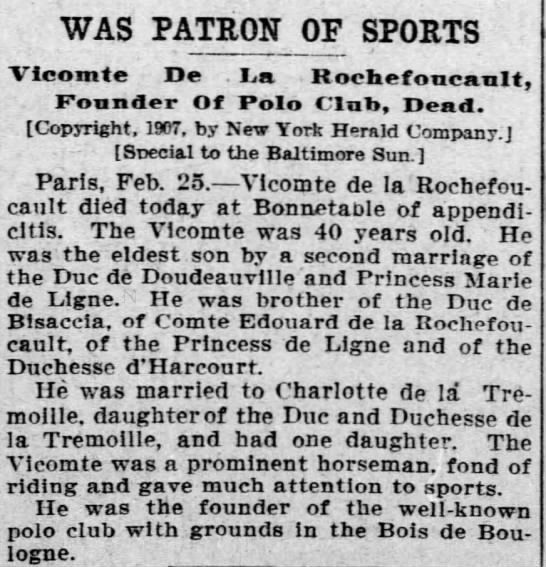
(Obituary for the Vicomte de la Rochefocault in The Baltimore Sun, February 26, 1907, pg. 11)
Searching through newspaper archives was immediately more successful, as we located the obituary of a sports patron by the name of Vicomte de la Rochefocault, who died February 25, 1907 at the age of 44. Of course, this could not be the Olympian from 1928, but it did provide a lot of family details to work with, as his full name was Charles Marie de La Rochefoucauld. Yet still, there was no Stéphane to be found in the family tree.
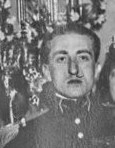
(Sosthène de La Rochefoucauld pictured at Genanet)
Charles Marie did, however, have a nephew by the name of Sosthène III, who participated several times in the early 24 Hours of Le Mans automobile race, a sport that often intersects with those who take part in bobsleigh. Sosthène was born June 20, 1897, making him a reasonable 31 in 1928, a year in which he was also titled the Vicomte de Rochefoucauld.
It seems almost certain, therefore, that Sosthène was the Olympic bobsledder, but, unfortunately, we were unable to locate a smoking gun. Sosthène died October 20, 1970, so if it was him, he was never among the oldest Olympians. Nonetheless, we hope that you enjoyed this brief foray into the world of exploring unknown Olympians.
